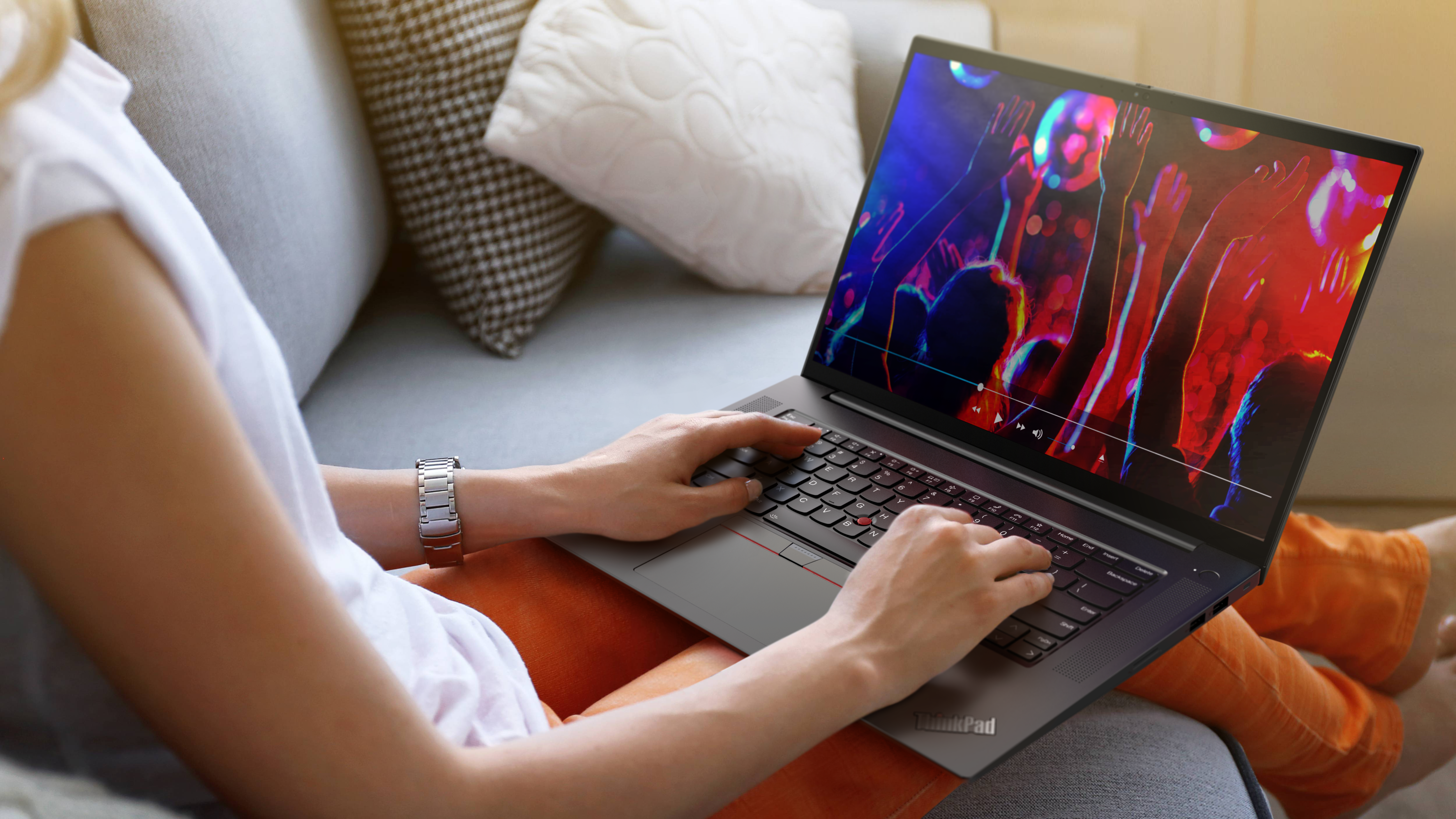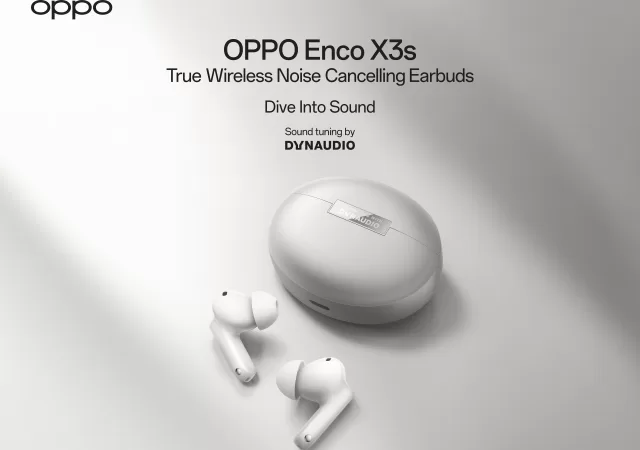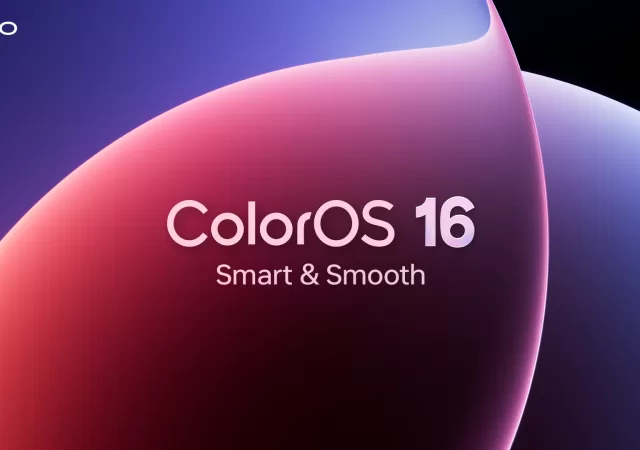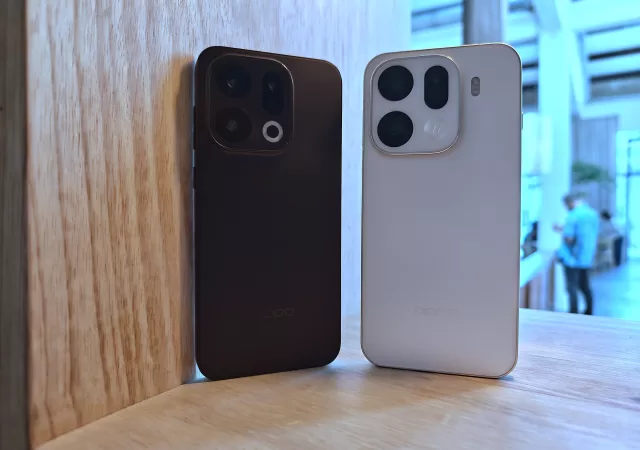This article is contributed by Jerry Paradise, Vice President of Global Commercial & Product Management at Lenovo IDG
In product and device design there are inflection points that really lend themselves to new and innovative thinking. Some of these points involve disruption – the sudden move to working from home because of the Covid-19 pandemic around the world is the obvious example. Others are longer-term, with some being the consequence of that initial disruptive event – the new thinking around hybrid working for example.
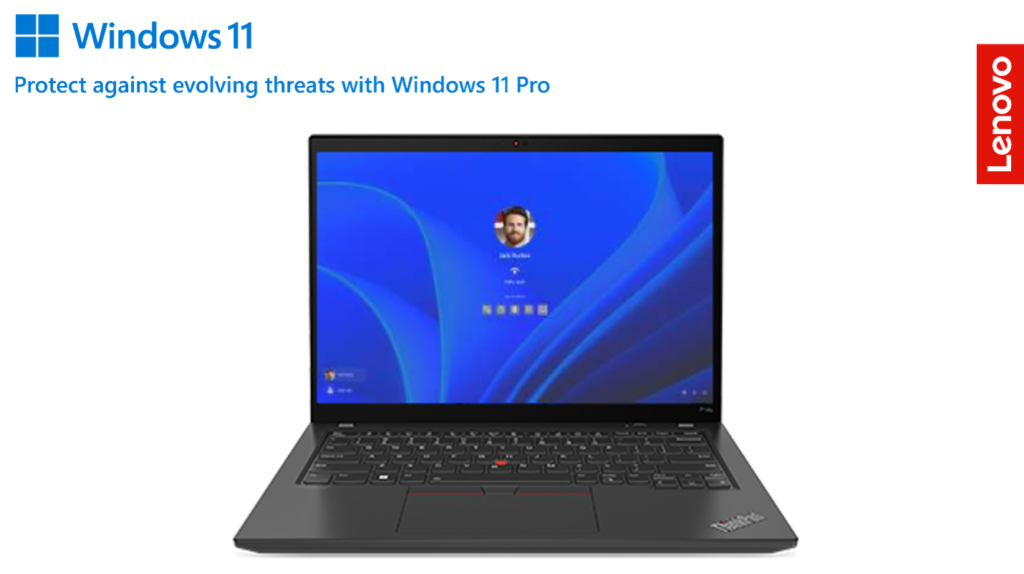
Right now, there have never been so many areas in which to innovate, because there are so many new problems and opportunities. The past 2 years have certainly sharpened the focus across many industries on how to solve problems with technology and while the shift towards cloud-based collaboration and productivity was already underway, the pandemic has accelerated digital transformation initiatives across so many functions.
The focus of much of this innovation is on hybrid working. Technology and devices, supported by connectivity and software, remain the foundation for what this will look like and will shape design and engineering for some time.
What is necessary for hybrid workstyles?
It starts with defining what technology-for-hybrid means. At its most fundamental, for the end-user, it means technology that supports being able to move back and forth readily between home – and “everywhere”. For businesses and IT departments, it means offering the flexibility of roaming workspaces, while maintaining maximum levels of productivity and security.
On the surface, it may all sound familiar, but there’s an underlying fundamental change. Pre-Covid, for most this meant office-based with occasional “after-hours” at home, with some remote working at a customer, perhaps via an airport. We went from one tethered environment, for power and connectivity, to another.
Now we’re seeking to create new experiences that are shared by people who no longer sit next to each other in the same space. We need high-speed wireless connectivity, always-on always connected, and using high-bandwidth applications that include voice and video nearly every hour of the working day, we need collaborative hardware and software that’s up to the job.
In the new hybrid working models, we have been starting to see the next generation of devices designed specifically for this new world.
A great example is artificial intelligence (AI) will start to work out whether or not to close down a side conversation because it’s not front-and-centre to the meeting for security reasons, or that in fact it should be part of the conversation because that person is an integral part of the discussion. Context will play its part, and technology will slowly take that into account.
From webcams to security
Previously, companies were suspicious of webcams, and our Customer Advisory Councils made it clear that a physical shutter was needed to guarantee that even if a camera was hacked remotely, the criminal could not see anything.
That design thinking started when hybrid working wasn’t even a concept. Now we’re looking at accommodating hybrid workspaces around new experiences that will demand cameras and microphones as essential to improve the efficiency and the comfort of meetings and be smarter as a result. That’s an interesting evolution that requires new thinking, and it demands new designs and innovation that we are actively working on.
Corporate security is also inverted. We previously had corporate networks where 80% or 90% of people were inside the firewall. If you entered your company’s building with your security tag, you were inside the VPN and were deemed safe to access the network.
Now, 80-90% of employees are outside the building at least some of the time and are outside the firewalled network. Often using their own devices on vulnerable home networks or remote hotspots without suitable VPN protection. For a company like Lenovo, I believe the responsibility lies with us, to put the security wrapper around the devices in this hybrid world, coordinating with the hardware layer and the operating system.
A great example is the Lenovo ThinkPad P14s i Gen 4 operating on Windows 11. Shield valuable data and enable secure hybrid work with the latest advanced security that businesses say results in 2.8X fewer instances of identity theft.[1]
Security fundamentals are too numerous to go into detail here, maybe for another time! But we’re taking a view of the multi-layer approach to security that says we’re going to do everything in our power to make the hardware design as secure as possible from supply chain integrity to endpoint protection for the end user.
And much more
Other design factors also come into play.
As we’re more mobile and more remote, we need longer battery life. Even if we’re based at home, we still don’t want to have to be tethered to the power outlet in the wall. So that means application management, chip management, and power and heat management.
How can the device balance the resources that create heat, with those to keep it cool, all of which use up battery power – and still retain everything the user demands for instant use?
The answers include ultra-high-performance software and hardware tuning according to the different tasks and needs, and using AI to manage high power consumption of technologies such as displays, 4G LTE and 5G (which is high).
Above all else the challenge we relish is that it’s our job to ensure that, when users open the lid of their laptops, the devices are ready to do useful work, on-demand, secure, fully connected, using applications that are only going to get more sophisticated, in more ways than we have ever done before.
Welcome to the hybrid future – and the devices we will use in it.
[1] Windows 11 Survey Report. Techaisle, February 2022. Windows 11 results are in comparison with Windows 10 devices



